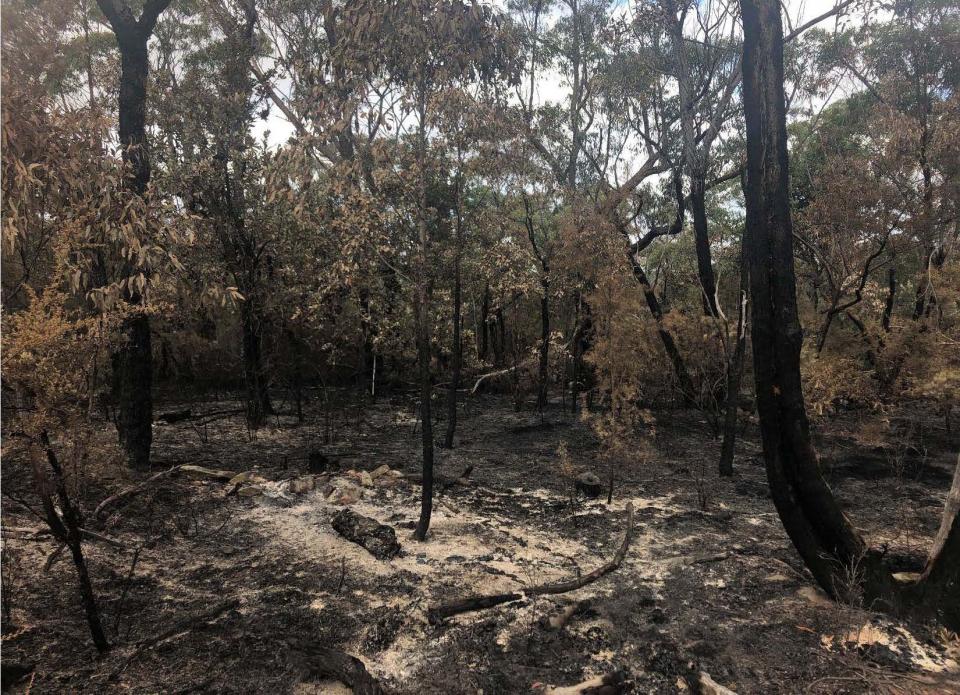
PUBLICATIONS
Published works

Near infrared spectroscopy as a new fire severity metric
| Title | Near infrared spectroscopy as a new fire severity metric |
| Publication Type | Report |
| Year of Publication | 2020 |
| Authors | Parnell, D, Bell, T, Possell, M |
| Document Number | 568 |
| Date Published | 05/2020 |
| Institution | Bushfire and Natural Hazards CRC |
| City | Melbourne |
| Report Number | 568 |
| Keywords | fire severity, infrared, metrics, spectroscopy |
| Abstract | Samples of leaves, twigs and bark representing typical surface fuels from forests and woodlands were systematically heated until combusted under controlled conditions in the laboratory. Change in colour of residue was described using R-conversion of the Munsell colour system and compared to colours generated from near infrared (NIR) scanning. Regardless of the method of heating used, there was very little change in physical properties or colour of residues when heated at low temperatures to 200 °C. Surface fuel samples began to thermally degrade when heated at 300 °C, which was reflected in much darker coloured residues that were mostly uniform in colour for different fuel types when determined from NIR spectroscopy. When surface fuels were combusted at temperatures between 400 and 600 °C, residues were much lighter in colour regardless of the type of fuel burnt. Again, residue colours were more uniform when described using NIR spectroscopy compared to the Munsell colour system, although differences in the consistency of residues (heterogenous production of charred material and ash) were still reflected in variations in shading. In several instances, colours resulting from NIR scans were closer to the actual colour of residues suggesting that it is a more accurate system than colour matching by eye using the Munsell colour system. This study indicates that there is potential for NIR technology to be used to determine fire severity according to the colour of residue after fire. While the general method of colour matching is not new, the use of NIR spectroscopy can reduce inaccuracies associated with subjective colour matching and poor colour correlation when using some forms of automated colour conversion. As shown, spectroscopic methods such as NIR can also be used to assess chemical changes in fuels during thermal decomposition. This includes quantitative losses of carbon and nitrogen and estimating fire intensity according to the temperature that were required to form a particular residue. |
| Refereed Designation | Non-Refereed |
Published Works


